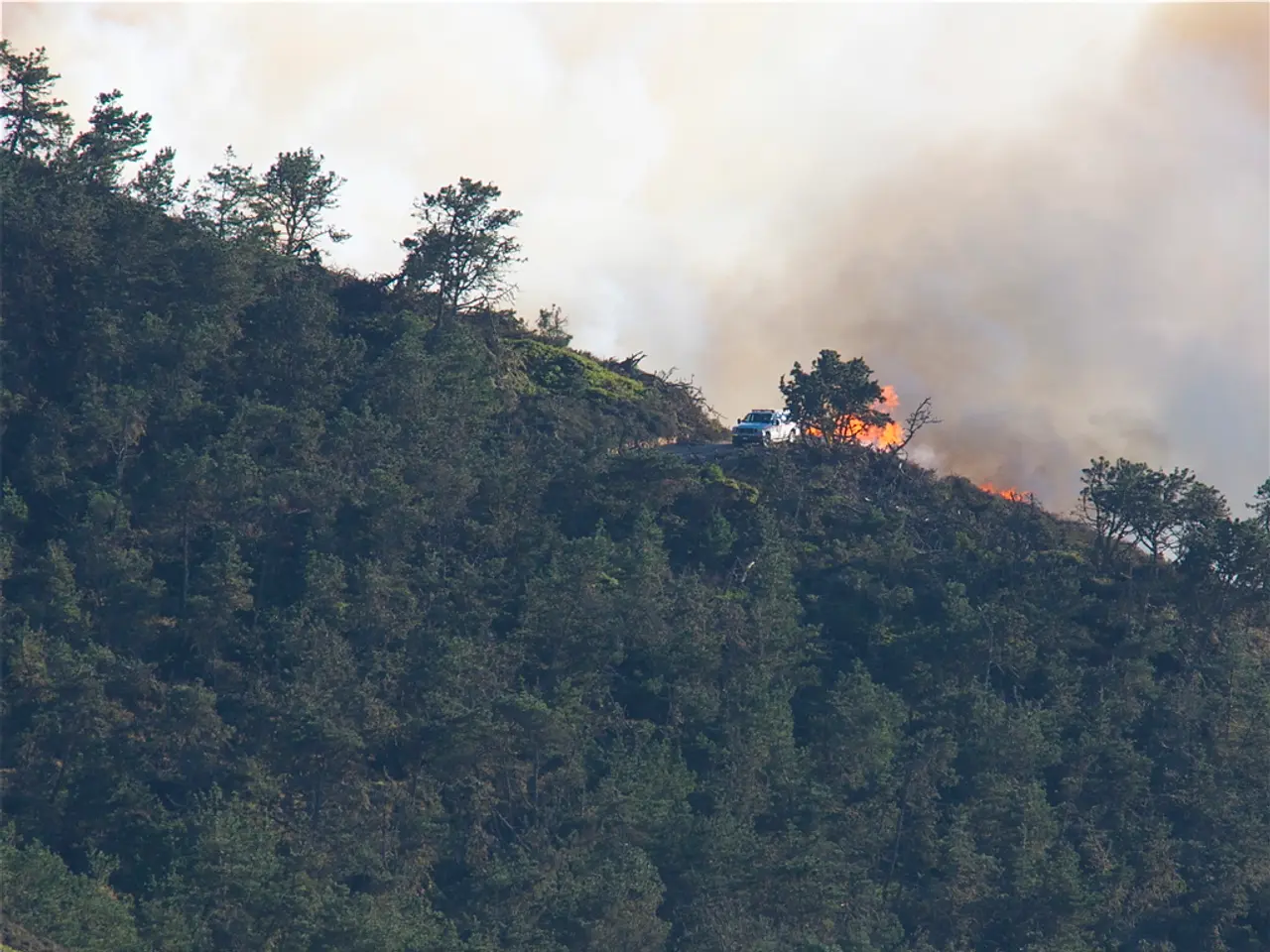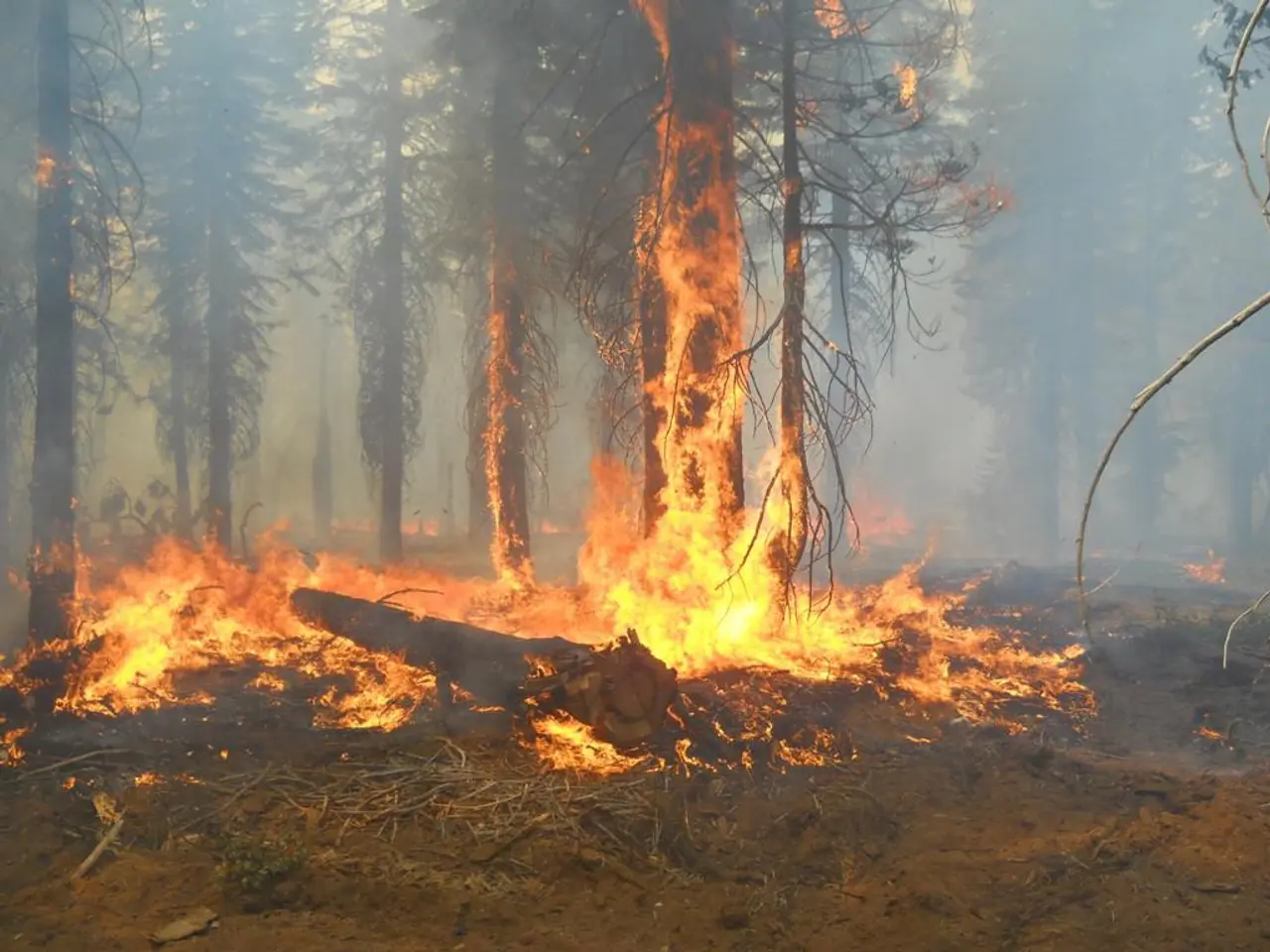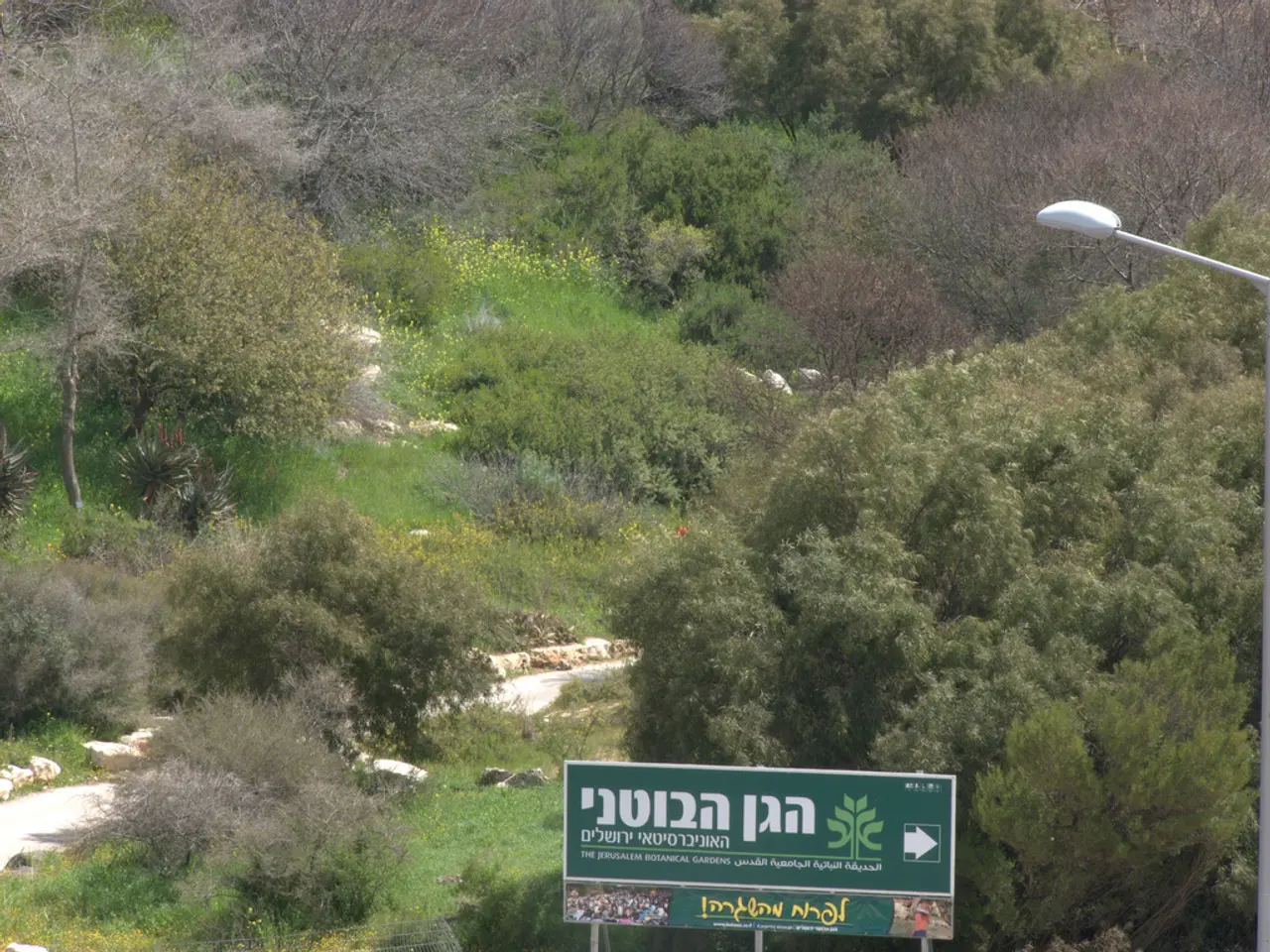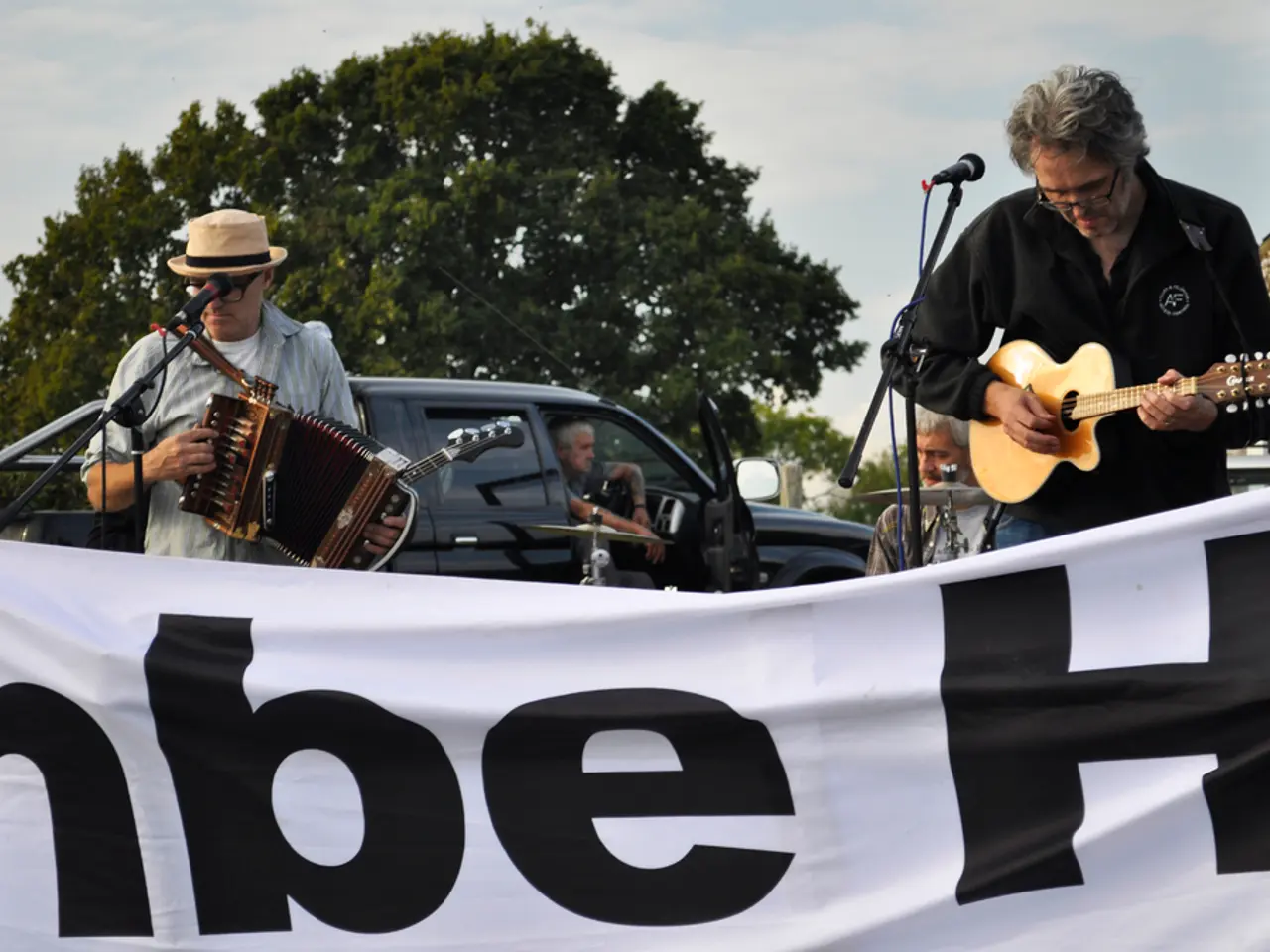Canada's 2025 season is ranked among the two poorest seasons in its history
Canada's 2025 Forest Fire Season: The Second-Worst on Record
The 2025 forest fire season in Canada, the second worst ever recorded, was intensified by climate change-driven factors such as higher temperatures, drier conditions, and preceding droughts that created abundant dry fuel in the boreal forests.
The intensification of the forest fire season is attributed to climate change, according to scientists. The data for these fire seasons goes back to 1972, according to federal data from the Canadian Interagency Forest Fire Centre (CIFFC).
The 2025 forest fire season surpassed the second-worst season on record, which was in 1989, and was not the record-breaking season, as the total area burned is less than the 2023 season. Rapid temperature fluctuations, low snow levels, and earlier spring warming created drought conditions that left forests particularly vulnerable.
The effects of the 2025 wildfire season included:
- Massive land area burned: About 7.3 million hectares (18.1 million acres) were affected, making it the second-largest in Canadian history after 2023. Saskatchewan and Manitoba were the regions most affected by forest fires in the 2025 season in Canada.
- Widespread evacuations: Over 30,000 residents across provinces such as Saskatchewan, Manitoba, and Ontario were forced to evacuate due to the fires.
- Severe air quality issues: Smoke from the fires affected large parts of Canada and crossed into the United States, degrading air quality in major metropolitan areas.
- Longer, more intense fire season: The presence of zombie fires and earlier warming led to a longer fire season, increasing challenges for firefighting efforts.
- Infrastructure risk: Approximately 14.3% of Canadian buildings are in the wildland–urban interface and 79% are within 1 km of potential wildfire zones, exposing many communities to danger.
In response, some Canadian cities began prescribed burns to reduce fuel loads, and governments have started acquiring new firefighting aircraft, though new water bombers are not expected until 2029 at the earliest. Around 1400 international firefighters have been mobilized in Canada since the start of the 2025 forest fire season.
The total area burned during the 2025 fire season is approximately 72,000 square kilometers, roughly equivalent to the size of New Brunswick. The 2025 forest fire season has tested fire fighting resources in Canada and has displaced thousands of people due to the fires. Municipalities across Canada have been choked with forest fire smoke due to the 2025 forest fires. Canada has reached its highest level of forest fire preparedness since late May in the 2025 season.
[1] Climate change lengthens forest fire season in Canada
[2] Fires in Canada: Wildfires in Saskatchewan, Manitoba and Ontario
[3] Canadian wildfire season: Saskatchewan fire grows to largest in province's history
- The extended forest fire season in Canada, influenced by climate change, was characterized by increased danger and destruction, particularly in regions like Saskatchewan, Manitoba, and Ontario, where the 2025 wildfires led to the largest fire on record.
- The social and environmental impact of Canada's 2025 forest fire season was substantial, with the French term for climate change, 'changement climatique', found to be a crucial factor in the length and intensity of the season, threatening both the environment and the livelihoods of those in the affected areas through factors such as destructive wildfires, mass evacuations, and deteriorating air quality.








